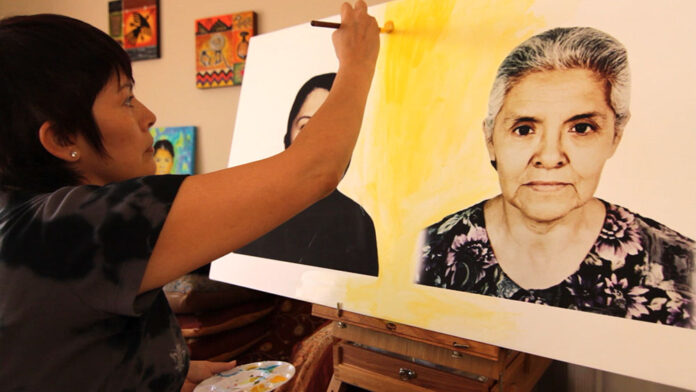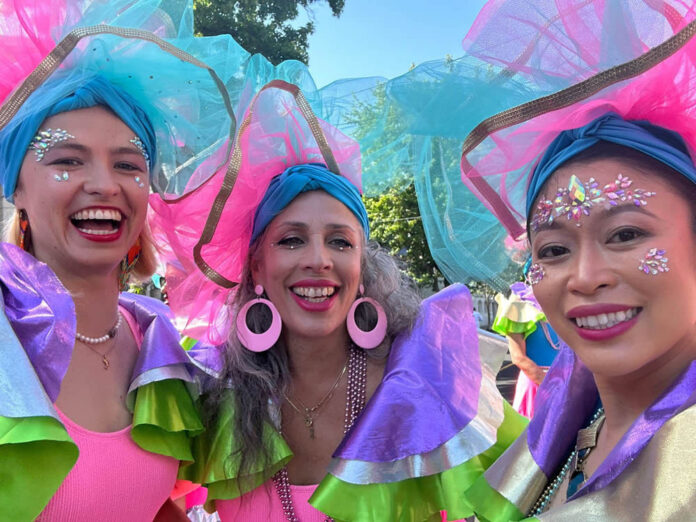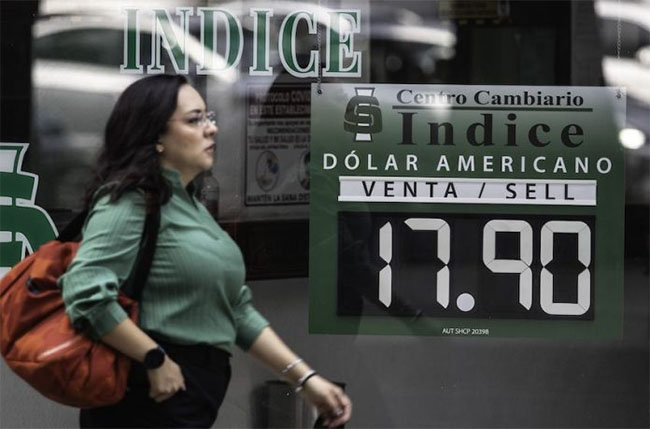by Mexico News Daily
Hundreds of thousands of Mexicans could benefit from new immigration rules in the United States that will allow certain undocumented spouses and children of U.S. citizens to apply for lawful permanent residence without leaving the country.
United States President Joe Biden announced Tuesday that the Department of Homeland Security (DHS) would take action to ensure that U.S. citizens with noncitizen spouses and children can keep their families together.
“The steps I’m taking today are overwhelmingly supported by the American people, no matter what the other team says,” he said at an event at the White House.
“In fact, polls show that over 70% of Americans support this effort to keep families together,” Biden said.
To qualify for the program, undocumented adult noncitizens must have lived in the United States for 10 years or more as of June 17, and must be legally married to a U.S. citizen, “while satisfying all applicable legal requirements,” according to a White House Fact Sheet.
They wouldn’t be eligible if they have a disqualifying criminal record or are considered a public security threat.
Undocumented spouses of U.S. citizens are already eligible for lawful permanent residence in the United States, but they must apply from outside the country. That often entails leaving their jobs and families to exit the United States indefinitely without any certainty they will be authorized to re-enter.
Under the new rules, “those who are approved after DHS’s case-by-case assessment of their application will be afforded a three-year period to apply for permanent residency,” the White House said.
“They will be allowed to remain with their families in the United States and be eligible for work authorization for up to three years. This will apply to all married couples who are eligible,” it added.
The White House said that Biden’s executive action will protect around half a million spouses of U.S. citizens and “approximately 50,000 noncitizen children under the age of 21 whose parent is married to a U.S. citizen.”
Secretary of Homeland Security Alejandro Mayorkas said the program “will achieve family unity, one of our immigration system’s fundamental goals.”
“It will also boost our economy, advance our labor interests, strengthen our foreign relations with key partners in the region, further our public safety interests, and more,” he added.
The announcement of the new immigration policy came two weeks after Biden issued an executive order that prevents migrants from making asylum claims at the U.S.-Mexico border at times when crossings between legal ports of entry surge.
The U.S. president acknowledged that the majority of likely beneficiaries of the spouse program would be Mexicans.
The program — which is set to commence in the coming months — is the largest to benefit undocumented migrants in the United States since the Deferred Action for Childhood Arrivals, or DACA, policy implemented by the administration of former U.S. President Barack Obama.
Reuters described Biden’s new policy as “an election-year move that contrasts sharply with Republican rival Donald Trump’s plan for mass deportations.”
CNN said “the action is aimed at appealing to key Latino constituencies in battleground states, including Arizona, Nevada and Georgia, that will be crucial for Biden’s chances to claim a second term.”
Trump could revoke the policy if he succeeds in winning a second term as U.S. president, while the program “will almost certainly face legal challenges,” Reuters said.
Mexico welcomes Biden’s announcement
President Andrés Manuel López Obrador said Tuesday that Biden’s decision to implement a program that will benefit undocumented Mexicans is “worthy of recognition.”
“We’ve been insisting on the regularization of Mexicans who have been working honorably in the United States for years,” he said.
López Obrador acknowledged that many undocumented Mexicans in the United States won’t benefit from the new rules, but described the program for the spouses and children of U.S. citizens as a “step forward.”
“I’m pleased that President Biden is doing it,” he said.
The Foreign Affairs Ministry (SRE) noted in a statement that some 500,000 spouses and 50,000 children of U.S. citizens could benefit from the new scheme, and highlighted that “the vast majority” of that number are “Mexican or Mexican-American.”
Roberto Velasco, head of the SRE’s North America department, said that as many as 400,000 Mexicans could obtain permanent residency in the U.S. through the program and eventually become American citizens.
The SRE said that the new “protections” would “prevent the separation of families and contribute greater stability and certainty to their future.”
“Mexico has repeatedly stated that one of its highest priorities in the bilateral relationship is the protection and regularization of our nationals in the United States,” the ministry said.
“We view the measures announced today in a positive light and are certain that strengthening our relationship under a policy of good neighborliness, respecting the sovereignties of our peoples and promoting economic cooperation is the right path for ensuring safe, orderly, regular and humane migration,” the SRE said.
The ministry also acknowledged a U.S. government announcement on Tuesday that will benefit DACA recipients known as Dreamers.
The Biden administration said it was “easing the visa process for U.S. college graduates, including Dreamers.”
“Today’s announcement will allow individuals, including DACA recipients and other Dreamers, who have earned a degree at an accredited U.S. institution of higher education in the United States, and who have received an offer of employment from a U.S. employer in a field related to their degree, to more quickly receive work visas,” the White House said.










